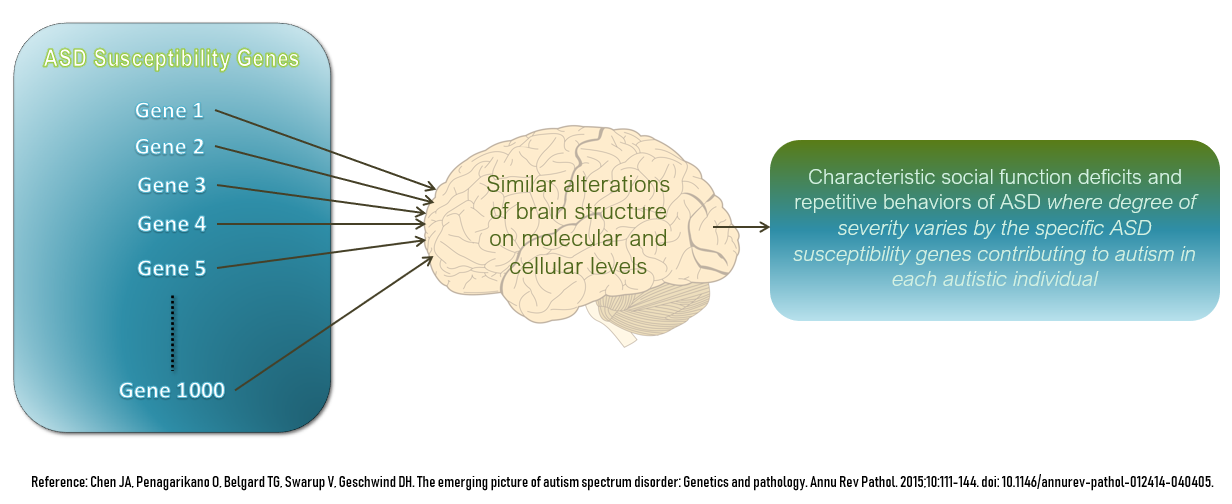|
Pronoun Reversal
Pronoun reversal or pronominal reversal is when children refer to themselves as "he", "she", "they", or "you", or by their own proper name ( pronoun avoidance). While it may signal an autism-spectrum disorder when it persists for an unusual length of time, some degree of pronoun confusion can occur as a part of allistic speech development, and it is common in toddlers. Pronoun reversal is closely linked to echolalia Echolalia is the unsolicited repetition of vocalizations made by another person (when repeated by the same person, it is called palilalia). In its profound form it is automatic and effortless. It is one of the echophenomena, closely related t ...: referring to themselves as they have heard others speak of them, resulting in the misapplication of pronouns. For example: :Parent: ''What are you doing, Johnny?'' :Child: ''You're here.'' :Parent: ''Are you having a good time?'' :Child: ''You sure are.'' As with many other autistic traits, if speech continues to deve ... [...More Info...] [...Related Items...] OR: [Wikipedia] [Google] [Baidu] |
Pronoun Avoidance
Pronoun avoidance is the use of kinship terms, titles and other complex nominal expressions instead of personal pronouns in speech.Johannes Helmbrecht. 2013. Politeness Distinctions in Pronouns. In: Dryer, Matthew S. & Haspelmath, Martin (eds.) The World Atlas of Language Structures Online. Leipzig: Max Planck Institute for Evolutionary Anthropology. (Available online at http://wals.info/chapter/45, Accessed on 2021-08-03.) Linguistics Many languages feature the T–V distinction, where two or more different pronouns are used contextually to convey formality or familiarity. In contrast, languages with pronoun avoidance tend to feature complex systems of honorifics and use pronoun avoidance as a form of negative politeness, instead employing expressions referring to status, relationship or title. In these languages, second person pronouns still exist, but are used primarily to address social equals and inferiors. Languages with pronoun avoidance cluster in South-East Asia. For e ... [...More Info...] [...Related Items...] OR: [Wikipedia] [Google] [Baidu] |
Autism Spectrum
The autism spectrum, often referred to as just autism or in the context of a professional diagnosis autism spectrum disorder (ASD) or autism spectrum condition (ASC), is a neurodevelopmental condition (or conditions) characterized by difficulties in social interaction, verbal and nonverbal communication, and the presence of repetitive behavior and restricted interests. Other common signs include unusual responses to sensory stimuli. Autism is generally understood as a ''spectrum disorder'', which means that it can manifest differently in each person: any given autistic individual is likely to show some, but not all, of the characteristics associated with it, and the person may exhibit them to varying degrees. Some autistic people remain nonspeaking over the course of their lifespan, while others have relatively unimpaired spoken language. There is large variation in the level of support people require, and the same person may present differently at varying times. Historically, ... [...More Info...] [...Related Items...] OR: [Wikipedia] [Google] [Baidu] |
Pronoun
In linguistics and grammar, a pronoun (abbreviated ) is a word or a group of words that one may substitute for a noun or noun phrase. Pronouns have traditionally been regarded as one of the parts of speech, but some modern theorists would not consider them to form a single class, in view of the variety of functions they perform cross-linguistically. An example of a pronoun is "you", which can be either singular or plural. Subtypes include personal and possessive pronouns, reflexive and reciprocal pronouns, demonstrative pronouns, relative and interrogative pronouns, and indefinite pronouns. The use of pronouns often involves anaphora, where the meaning of the pronoun is dependent on an antecedent. For example, in the sentence ''That poor man looks as if he needs a new coat'', the meaning of the pronoun ''he'' is dependent on its antecedent, ''that poor man''. The name of the adjective that belongs with a "pronoun" is called a "pronominal". A pronominal is also a word or ph ... [...More Info...] [...Related Items...] OR: [Wikipedia] [Google] [Baidu] |
Echolalia
Echolalia is the unsolicited repetition of vocalizations made by another person (when repeated by the same person, it is called palilalia). In its profound form it is automatic and effortless. It is one of the echophenomena, closely related to echopraxia, the automatic repetition of movements made by another person; both are "subsets of imitative behavior" whereby sounds or actions are imitated "without explicit awareness". Echolalia may be an immediate reaction to a stimulus or may be delayed. Echolalia occurs in many cases of autism spectrum disorder and Tourette syndrome. It may also occur in several other neurological conditions such as some forms of dementia or stroke-related aphasia. The word "echolalia" is derived from the Greek (''ēchō''), meaning "echo" or "to repeat", and (''laliá'') meaning "speech" or "talk" (of onomatopoeic origin, from the verb (''laléo''), meaning "to talk"). Signs and symptoms Echolalia can be categorized as either immediate (occurri ... [...More Info...] [...Related Items...] OR: [Wikipedia] [Google] [Baidu] |
Autism
The autism spectrum, often referred to as just autism or in the context of a professional diagnosis autism spectrum disorder (ASD) or autism spectrum condition (ASC), is a neurodevelopmental condition (or conditions) characterized by difficulties in social interaction, verbal and nonverbal communication, and the presence of repetitive behavior and restricted interests. Other common signs include unusual responses to sensory stimuli. Autism is generally understood as a ''spectrum disorder'', which means that it can manifest differently in each person: any given autistic individual is likely to show some, but not all, of the characteristics associated with it, and the person may exhibit them to varying degrees. Some autistic people remain nonspeaking over the course of their lifespan, while others have relatively unimpaired spoken language. There is large variation in the level of support people require, and the same person may present differently at varying times. Historically ... [...More Info...] [...Related Items...] OR: [Wikipedia] [Google] [Baidu] |


